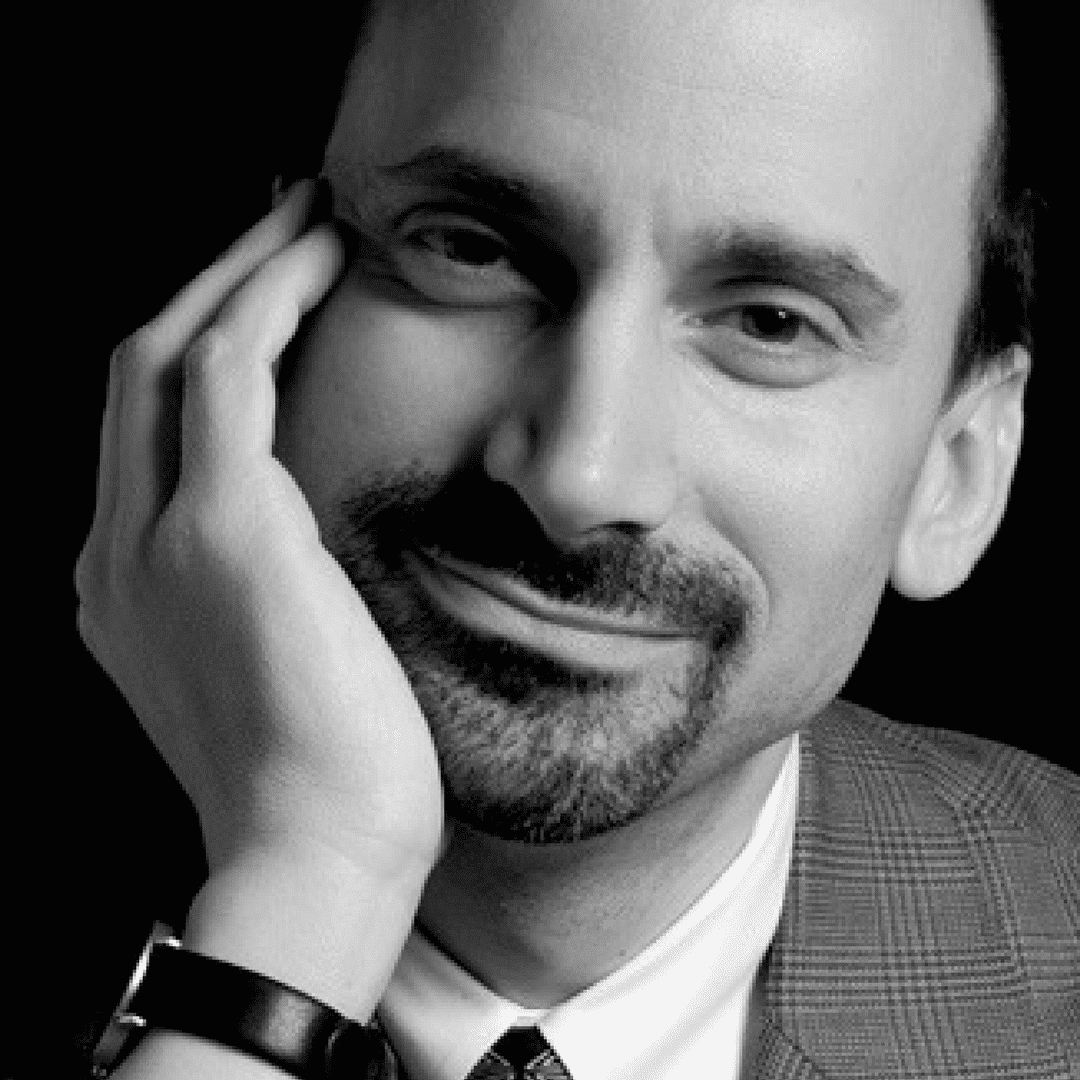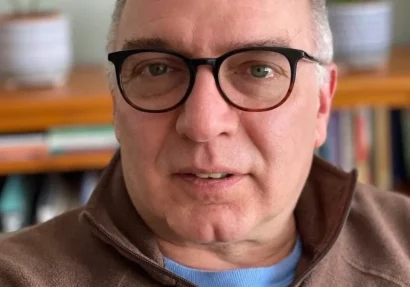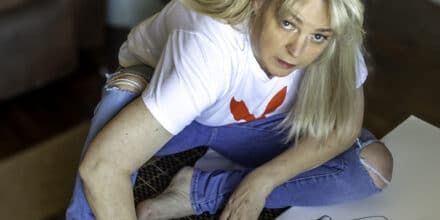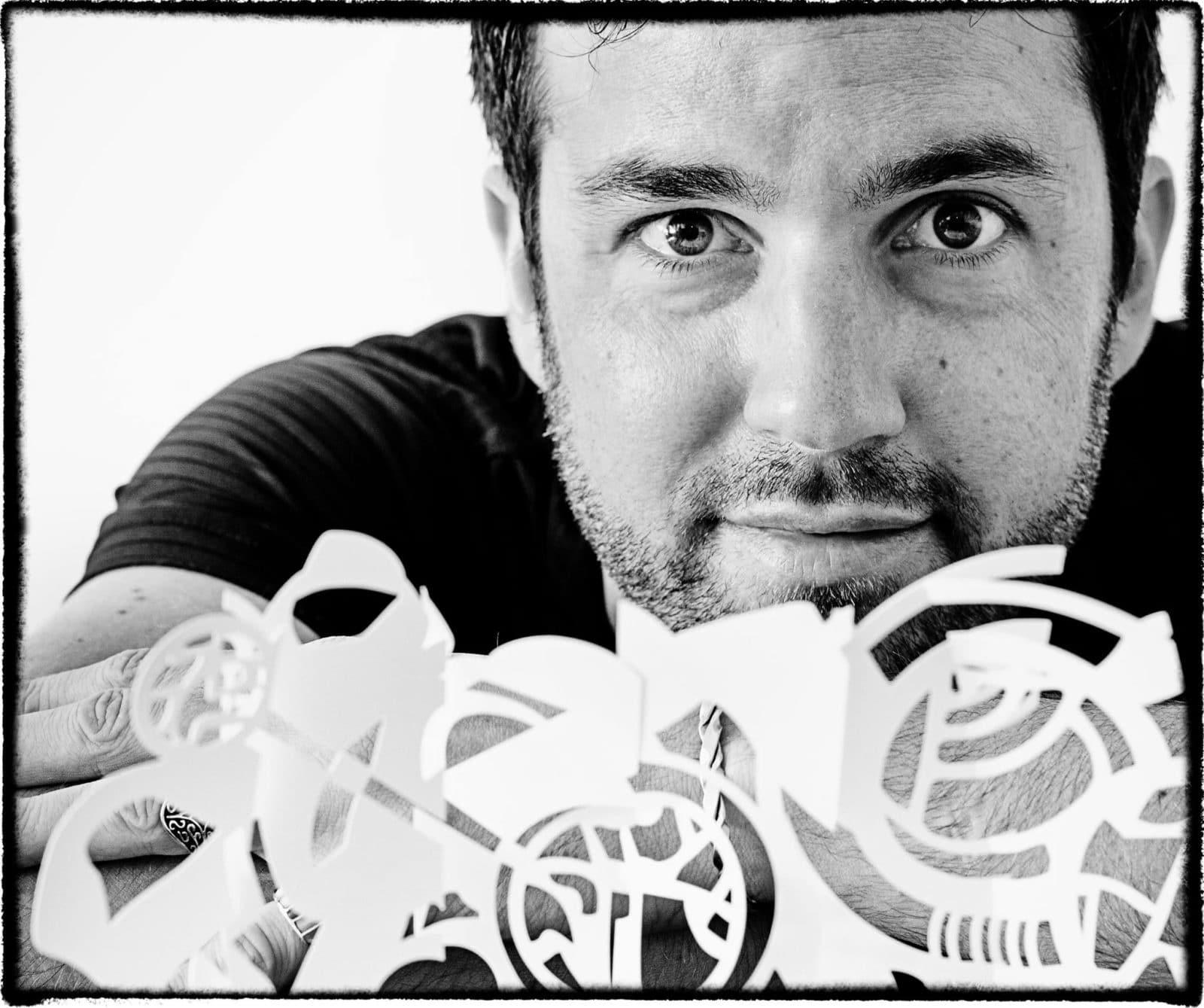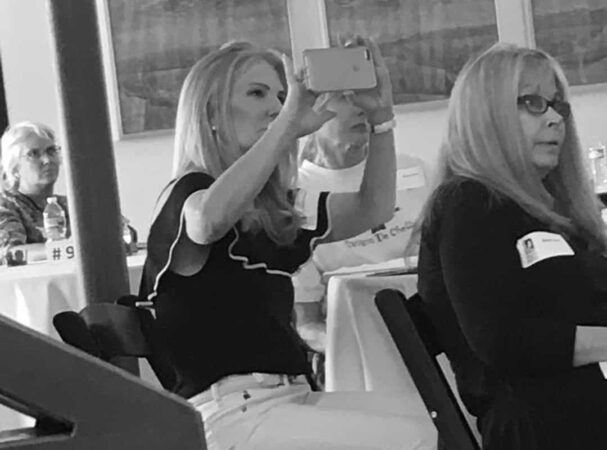Peter Trippi is editor-in-chief of Fine Art Connoisseur, a bi-monthly magazine for collectors of representational paintings, sculpture, drawings, and prints. He’s also the president of Projects in 19th Century Art Inc., the firm he established in 2006 to pursue a range of research, writing, and curating opportunities, including the recent traveling exhibition, Lawrence Alma-Tadema: At Home in Antiquity. Topics include:
Lawrence Alma-Tadema: At Home in Antiquity Exhibition
- From obscurity to resurrection: “The resurrection is only partial, let me be clear. Interestingly, Alma-Tadema has been doing just fine on the commercial market.”
- “His pictures, the major ones, now sell in the millions of dollars, at Sotheby’s and Christie’s and Barnham. In fact, there is respect for him, and that has been the case since the 1970s, on an ever-growing basis.”
- “A lot of museums around the United States, Canada, Western Europe own his pictures, but they don’t really know what to do with them.”
- “We decided to tackle him in a new way, and the paintings that we selected reflected that different vantage.”
The Divide Between Collectors and Museums/Galleries:
- “The likability factor of some art is worrisome to some intellectuals. They feel like [some art] is just too accessible to be good.”
- “Alma-Tadema certainly was criticized that way over many decades. People felt that they were well-crafted pictures, but they were too likable, too charming for serious museum display or exhibition. Therefore, they were kept in storage and not really talked about.”
- “It denies the public a chance to see things that they enjoy. Now, balancing that is a little tricky… there is a kind of line where you need to track the balance between popularity and quality.”
Fine Art Connoisseur Magazine:
- How to get featured in Fine Arts Connoisseur and their “Three to Watch” features
- Why do some artists make it and others don’t?
- “I’m very much a curator on paper. I am thinking about how this is all going to look together and also what is the message of the article.”
- “We don’t just do features on individual artists. We also do themes, and we do a series of hidden collection articles… We’re trying to get people interested in the passions of other people.”
- “Coming to my own little world, with the magazine, absolutely, we want to encourage collectors to collect more discerningly.”
- “Our role is to go one notch down on the fame chart, not on the quality chart, and put in front of our readers those names–whether they’re historical or contemporary–because that’s more of a service.”
- “We’re telling stories, highlighting individuals who are not so familiar. We don’t need to replicate what the mainstream media is doing already.”
- “I felt that this was right because it was very much going to be advocating for quality in the kind of art areas that I support, personally.”
Legacy:
- “All of the issues of legacy are in flux enormously, right now. Part of that has to do with this huge generational shift. As the baby boomers come into legacy planning, there is this frenzy of anxiety about how that’s going to all be rolled out.”
- “How do the works of art get preserved, as people grow ill and pass away? And how does the next generation take care of them and celebrate them, and so on?”
- People who are working today, in their prime, need to be thinking one step ahead as well, because there’s this tidal wave occurring now with that generation of baby boomers.
- “The art world, as interconnected as it may seem, is not really dealing with these issues in a very coherent, across-the-field sort of way.”
- “That’s one of the reasons I really like what The Clark Hulings Foundation is doing. That there’s an element of clarity, of business-mindedness, of neutrality. It’s not about style; it’s about the vision and the practices of good legacy-building.”
Technology:
- “Because of the Internet, in part, we have younger people coming up through the world who have no preconceptions or baggage about what is good or bad.”
- “That lack of discernment, obviously, is a concern. That’s why we call our magazine Fine Art Connoisseur, because we want to help people discern. On the other hand, that freedom is liberating, and it means that people can vote with their own feet.”
- “This opportunity, for living artists, is to get out there and tell their own stories through the internet and social media… What is it about you that is so individual and so special that other people should take note? How does the work differ from things that might look like it?”
- “I think living artists should be very optimistic that there’s still a healthy appetite for art… It’s just occurring in different ways.”
- “I love the Internet because it makes all of those images and names so much more accessible. How would someone have done my job 40 years ago? I don’t even know how you would actually get the information and see images so efficiently.”
- We just need to hold on and be true to ourselves and not cave or change to become like so-and-so over there, because he’s making a lot of money. That’s not actually very helpful… we can find those ways of connecting our story with a wider public. Maybe, not the broad public, like 50 million people on TV. That’s asking for a bit much. But an audience that actually can buy the works or admire them and talk about them. That’s a little more manageable.”
Stylistic and Genre Trends:
- “There’s a lot of great stuff being made at a high standard. There are lots of people emerging from the ateliers and academy with really great skills in drawing and figuration and landscape painting. They really know what they’re doing …”
- “I feel that the clutter, the sheer variety of things that are okay, is making it somewhat difficult to find the audience or to find each other sometimes. I should point out that there are transferrable skills, in terms of illustration, in terms of animation, video gaming…all of that.”
- “So, there’s no judgment being made by the market in that regard. When it comes to museums, overall, there’s an inclination toward conceptualism”
- “That no one is excluded, but no one is absolutely front and center except commercially. It’s money that has made you a star now, not reverence from the elite of the critical pore, such as it once was.”

